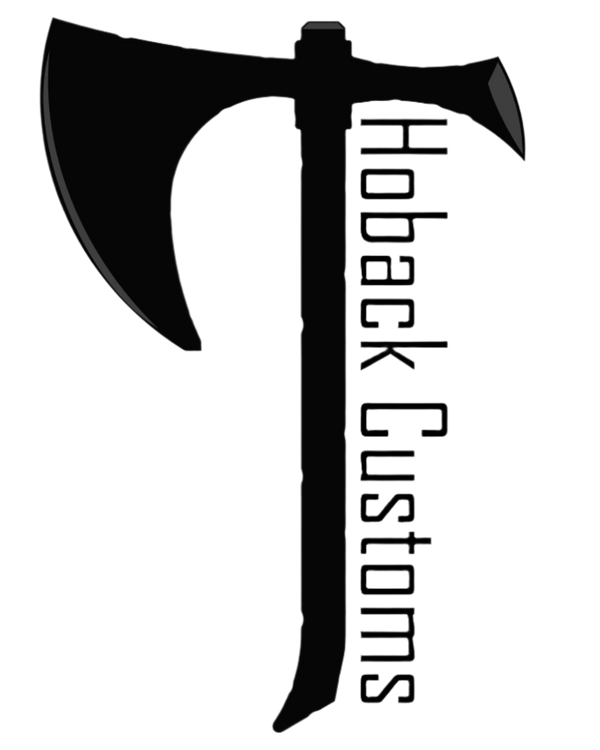People always ask me how to get that "bank vault" lockup or a "hydraulic" action. They're often looking for one secret trick. The truth is, there is no single trick. That feeling is the result of a *system* of tolerances. It's the hard data behind the detent & lockup philosophy.
If your parts aren't consistent, you can't get a consistent result. You end up hand-fitting every single knife, which is fine for a one-off art piece, but impossible for a professional-grade tool. Precision is freedom. When your parts are made right, they just *work*.
Below are the baseline tolerances I build to. These are the "go-no-go" numbers that tell me if a part is good or if it's scrap. Holding these numbers is non-negotiable.
Pro-Grade Folding Knife Tolerances
| Component / Interface | My Tolerance (Inches) | Why It Matters |
|---|---|---|
| Pivot Barrel OD | Nominal -0.0003 / -0.0004 | The 'axle' of the action. Must be perfectly round. Its size is the baseline for the pivot clearance. |
| Blade Hole ID | Nominal +0.0003 / +0.0005 | The other half of the fit. Must be perfectly round and perpendicular to the blade face. This is achieved by ensuring the mill is trammed in to `0.0002"` or better. |
| Frame Pivot Hole ID | Nominal +0.0003 / +0.0005 | Must be perfectly aligned with the blade hole. Also achieved by holding a tight tram on the mill. Any perpendicularity error here will bind the pivot. |
| Blade Thickness | +/- 0.001 | Must be consistent for a smooth detent ride and blade centering. I specify a 32 RA finish or better, followed by polishing on a hard, fine Scotch-Brite wheel. |
| Bearing Pocket Depth (Frames) | +/- 0.001 | This works *with* blade thickness to set the bearing preload. Must have a 32 RA finish or better and be milled perfectly flat (perpendicular) so the bearing sits flat. |
| Handle Scale Flatness | < 0.001 (over total length) | If your handle scales are warped, nothing will ever line up. This ensures a stress-free assembly and a perfect center. |
| Lockbar/Tang Interface Angle | +/- 0.25 Degrees | This tiny angle determines the lockup. Too little, it slips. Too much, it sticks. This *must* be precise. |
| Detent Ball Hole (Method) | Through Hole | I prefer a through hole. This method is highly repeatable. Detent strength is then controlled by the hole's precise *placement* and lockbar tension. |
| Stop Pin (Dowel) OD | +0.0000 / -0.001 | Ensures the pin is consistent. The blade stops at the exact same open/closed position every single time, without any wiggle. |
| Stop Pin Hole ID (in Frame) | Nominal +0.001 / +0.002 | This creates a "0.001 slip fit" for the dowel pin. The pin must be held securely in the frame without any play, but still be removable for service. |
What These Numbers Really Mean
Don't just look at these as individual numbers. They are all related. The pivot tolerance doesn't matter if your blade thickness is all over the place. A perfect lock angle won't work if your handle scales are warped.
This is why I moved to CAD/CAM and CNC machining years ago. You simply cannot hold these tolerances by hand, day in and day out. Hand-sanding one part can throw it out of spec. A drill bit wandering can ruin a handle.
Building to this level of precision is the only way to get a repeatable, professional result. It's the foundation for everything else. This is the science, and it's exactly what I teach how to control in the Masterclass. You learn *why* these numbers matter and *how* to build the processes to hit them every single time.
